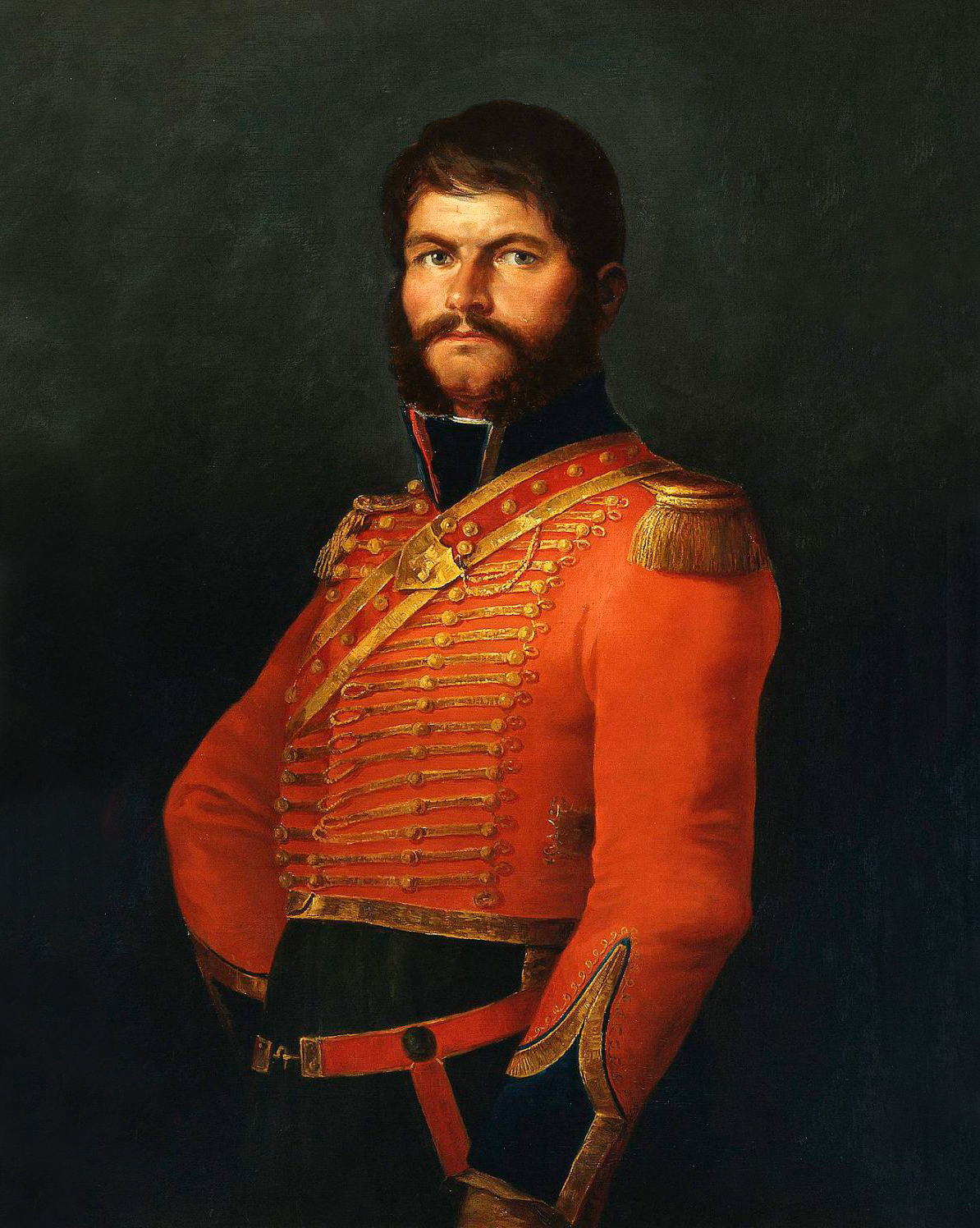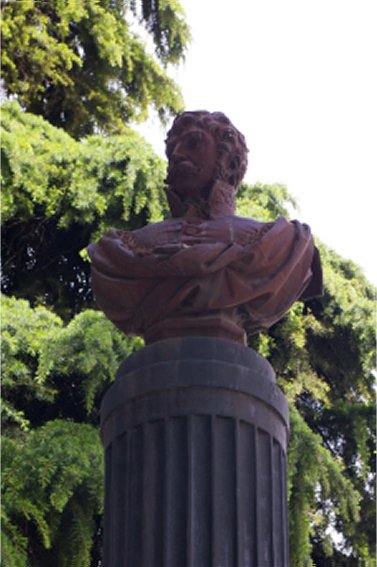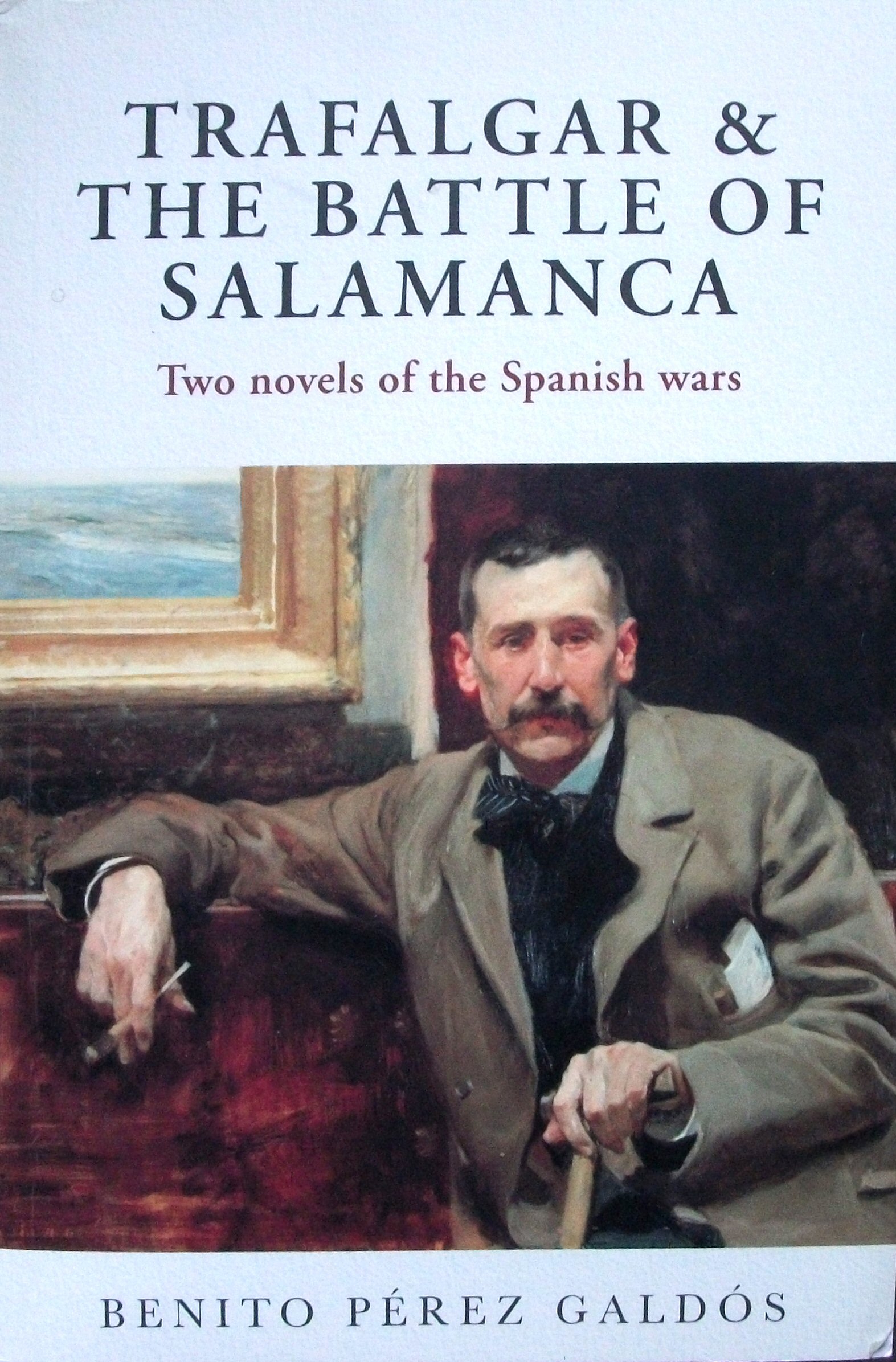After the Dos de Mayo uprising whatever was left of the Spanish army scattered and hid in towns that were loyal to the crown. Slowly, and in secrecy, they contacted their comrades and sought refuge in the north of Spain, where the French presence was sparse. As with the Islamic invasion, the Picos de Europa provided a sanctuary for the dispossessed. Portugal was occupied by the French, but their friends, the British, had not forgotten them. The Portuguese royal family in exile in Brazil designated British generals to lead their loyal troops against Bonaparte’s troops, and a British force landed in Portugal under the command of 39 years-old General Arthur Wellesley.

In the first battle of what was to become known as the Peninsular War, Wellesley defeated a French division at the battle of Rolica on 17 August 1808. Four days later, he defeated a larger French force led by Major general Jean Andoche Junot at a town called Vimeiro near Lisbon. The French lost 2,000 men and 13 cannon, and the battle marked the beginning of the end for the French occupation of Portugal.
As with all his campaigns, Napoleon had planned meticulously for any event that could spoil them. Knowing that he was going to take over Spain after he had been invited in by Godoy, he forced the Spanish king to donate troops to fight in Europe with the Imperial French army. His idea was to dilute the Spanish army so that they would not be a problem when he seized control in Spain.
In March 1807, the Spanish Division of the North, comprised of 14 battalions of foot-soldiers and five regiments of cavalry, marched through France to assist in the Franco-Danish invasion of Sweden. They were commanded by Pedro Caro, 3rd Marquis of la Romana and were incorporated in a multinational force of Danish Germans and Italians led by Marshal Guillaume Brune. La Romana and his troops took part in the Siege of Stralsund in August 1807, but in the spring of 1808 they were led into Denmark to be part of a 30,000 strong army defending the coast.
This is exactly where Bonaparte wanted them when he installed his brother on the Spanish throne. The Spanish troops were watched very carefully by their French and Danish overlords, but when news of the Dos de Mayo uprising reached them, La Romana let it be known that he was going to fight the French. The Spanish troops had been deliberately spread out so that they could not easily assemble as a fighting unit.
But la Romana had already been approached in secret by the British, who offered to transport him and all the Spanish troops under his command back to Spain. With British help, La Romana embarked 9,000 of his troops onto captured Danish ships and sailed into the North Sea, where they were met by the Royal Navy. A few weeks later, they landed at Santander and were incorporated in the war against the French. Only one cavalry regiment and two infantry regiments failed to escape. The Spanish army was re-grouping, and they were happy to ally themselves with the Portuguese and British to force the French off their soil.
The Spanish armed forces were still no match for Napoleon’s Grand Armée, but the hope given by the re-capture of Portugal by British and Portuguese was enough to spur on Spanish civilians to fight the French. There is no better example of the ferocity of the Spanish spirit than the story of Juan Martin Díez, who was known by his nickname, or mote, as El Empecinado (From the verb to be persistent, empecinarse). He was born the son a farmer in Castrillo de Duero, Valladolid in1775, and the family house is still there today.
Díez was a rebel as a teenager, and his appetite for warfare led him to fight in the Rosellón campaign of the War of the Pyrenees, where he was baptised in the art of war. He must have calmed down after seeing the brutality of war, because in 1796 he married a girl in the town of Fuentecén, Burgos, and he and his young wife farmed the land peacefully for 12 years. But then French troops began to occupy the city and, according to the legend, one of the French troops raped one of the local girls. The rebel in Díez resurfaced, and he slipped out one night, found the rapist alone, and killed him. After the Dos de Mayo uprising Díez could not continue his life as a farmer, and the rebel had found his cause.
Díez organised local men into a makeshift army, even recruiting members of his own family. He lived on the main supply route for French troops defending the Portuguese border, and he began a series of attacks on the frequent wagon trains that passed through Burgos. As his reputation spread, more resistance fighters joined his ragged army, and the disruption to French supplies became a major problem for the French. They could not hope to win a stand-up fight with trained soldiers, but Díez’s hit-and-run tactics meant that French troops who could be defending against the ever-stronger British forces had to be diverted to protect their convoys. With the Spanish army’s ranks bolstered by new recruits, it began to make bolder stands against the French, but in the early stages of the war for independence, they were no match for the elite and battle hardened French troops led by experienced and clever generals.
Díez and his followers took part in some of these conventional battles, but each time they fought, the Spanish were routed. After the Spanish lost two battles in the area of Valladolid, the Cabezón de Pisuerga bridge and the Medina de Rioseco, Díez became convinced that fighting the French on their own terms was a serious mistake.
Díez began to train his army of guerrillas into small well-armed groups which could quickly move overland and strike anywhere. He was met with immediate success. After a number of lightning surgical strikes, notably Aranda de Duero, Sepúlveda and Pedraza, he and his groups disappeared into the countryside carrying away vital arms, ammunition and the gold coin needed to pay the French troops. They disrupted the French lines of communication which robbed the French of vital intelligence. Díez and his irregular army became the scourge of the Duero valley.
 Juan Martin Díez
Juan Martin Díez
He was promoted to the rank of cavalry captain in the Spanish army in1809, and he expanded his attacks to cities along the edge of the Sierras de Ávila. The French occupied areas of Gredos, Ávila, Salamanca, and the provinces of Cuenca and Guadalajara came under constant harassment from Díez’s marauders. His raids often gave the Spanish army more information on French strengths and dispositions than the French commanders had. For the French, he became the most hated and feared leader in the Spanish army, but to the Spanish people, he was a hero. This was the real threat that Díez posed to Napoleon, who was trying to hold down several occupied countries. When they saw how Spain was resisting and defeating French forces they were quick to copy Spanish tactics.
Bonaparte ordered one of his generals, Joseph Léopold Sigisbert Hugo, to “pursue exclusively” Díez and his guerrillas. After several failed attempts to capture the guerrilla leader, Hugo arrested Díez's mother and other members of his family. Díez ordered the public execution of 100 French prisoners of war and promised more unless his family were released. Hugo, fearing loss of morale in his own forces by this action, backed down and released his family. Meanwhile, whilst Díez and the other Spanish resistance groups across Spain were creating havoc, General Wellesley was taking on the French in conventional battles and gaining ground. By 1813, Spanish guerrillas were tying down over 75% of the French occupying army, making Wellesley’s task that much easier.
The highest point of Díez’s career came at the defence of Alcalá de Henares, the old seat of the Catholic kings of Castille near to Madrid. On May 22, 1813 on the Zulema Bridge over the Rio Henares, Díez and his army defeated a French force twice their size. Of course, the rest of the story goes to the British forces led by Wellesley, who drove back and pursued Bonaparte’s army out of Spain and into France, finally defeating him at the Battle of Waterloo in 1815.
When Fernando VII returned to power as king of Spain in 1813 he approved the construction of a commemorative pyramid to Díez in Alcalá, but Fernando turned out to be a weak and fickle king. He hated the liberal constitution that the 1812 Cadiz Cortes Generales (General Courts, or Pepa) represented and repealed all its laws and ideals, reinstating himself as absolute monarch. From 1814 until his death in 1833, he suppressed the liberal press by throwing the writers and editors into prison. However, a popular liberal led revolt in 1820 forced Fernando to re-adopt the Pepa’s constitution. With the defeat of Napoleon, many of the kingdoms in Europe were seeing their royal families fighting to re-establish themselves, and the liberal ideals that the Spanish had approved in Cádiz represented a threat to them.
Fernando lobbied the other monarchs of Europe to support him, and he joined the Holy Alliance formed by Russia, Prussia, Austria and France. In France, the ultra-royalists pressured Louis XVIII to intervene in Spain to restore absolutism, and Ferdinand was complicit in the ultimate betrayal of the Spanish people by allowing the French to invade Spain once more. The liberal governing of Spain had lasted just three years, but in 1823 a French army once more crossed the Pyrenees.
By now Díez had returned to a quiet life, but upon hearing that the French were returning, he fled to Portugal. The king promptly ordered the destruction of the pyramid in Díez’s honour for the victory at Alcalá, deriding it as a symbol of a “liberal”. Díez asked the king for permission to return his homeland without the threat of imprisonment, and the king agreed.
As soon as he returned he was arrested and transported to Nava de Roa, Burgos, where the mayor displayed him in an iron cage. Leopoldo O'Donnell, one of the remaining liberal leaders heard of his imprisonment and pleaded to have his case heard in a tribunal, which would probably have granted his release, but the magistrate had already ordered his execution. Díez was hanged as a criminal on August 20, 1825 in the central plaza of the village, and the legend goes that he managed to snatch the sword of the official who accompanied him to the gallows in a last defiant gesture.
The people of Alcalá raised another monument to El Empecinado in 1879 and this monument survives to this day.

The monument to Díez in Alcalá
As you have probably guessed by now I am and avid reader of history. Up until recently I wrote reviews for the Historical Novel Society, and one of the books that I reviewed was a translation of Trafalgar and the Battle of Salamanca written by Benito Perez Galdós. These two stories are a part of the Episodios Nacionales, a series comprising 46 historical novels depicting the War of Independence. Galdós was born in Las Palmas, Gran Canaria, in 1843, and he died in Madrid in 1920 aged 76. His father fought in the War of Indepenence and Benito first learned about the war from his father. His attention to detail and accuracy in his novels is illustrated by his research for the battle of Trafalgar, the first of his Episodios Nacionales novels published in 1873. He went to stay at Santander to write the novel, but he had only a history book for reference. One of his friends told him that there was an 83 year-old survivor of the battle living nearby, and Galdós went to talk to the old man every day. He had served on the Spanish flagship, Santisima Trinidad, as a cabin boy, and the wealth of information that the old man gave him enabled him to re-create him as Gabriel Araceli, the main character in several of his novels.
 Cover painting by Joaquín Sorolla.
Cover painting by Joaquín Sorolla.